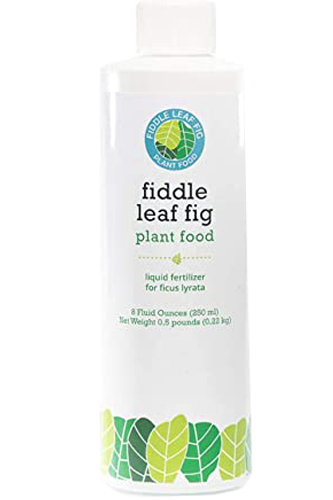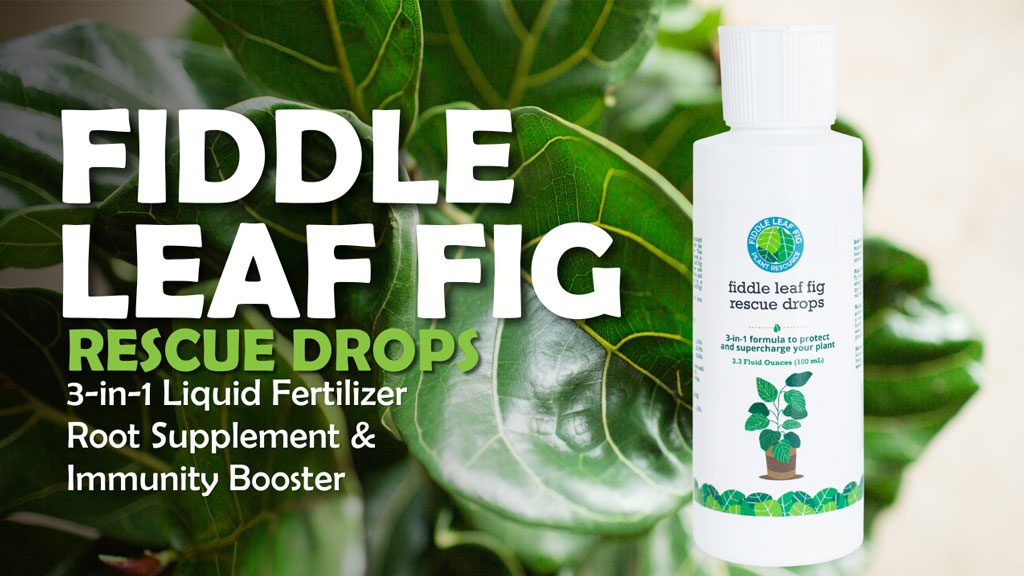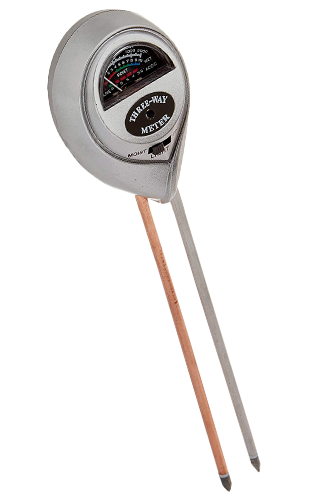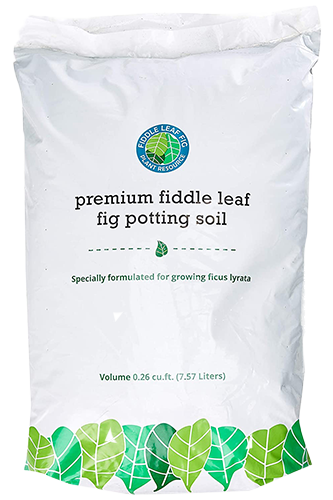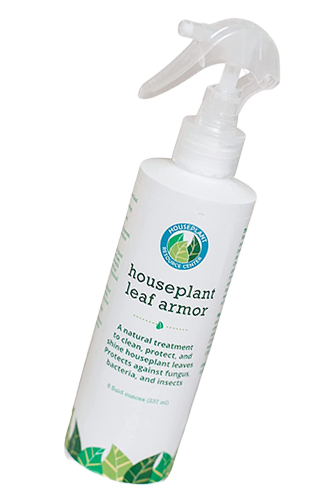Even for the most seasoned houseplant enthusiasts, the world of bonsai trees and how to care for your ficus bonsai is usually something pretty foreign. It’s like a side branch of the hobby filled with skilled artists who all seem to have been growing their bonsais for ages, their knowledge intimidating to novices.
If you’d like to get into growing your own bonsai trees, the genus ficus is a great place to start.
These trees are easy to find, look super decorative when kept small and planted in traditional bonsai containers, and luckily, they’re usually forgiving to beginner mistakes.
What Is a Ficus Bonsai?
Basically, ficus is the scientific name for trees in the fig family, which are found throughout the world and can grow gigantic in their natural habitats. The popular fiddle leaf fig (ficus lyrata) is one of them, as are many other common houseplants.
As you’re probably somewhat aware, the practice of bonsai growing is an ancient art that involves guiding trees’ growth so that they end up looking like miniature versions of their species.
Almost all ficus species can work well when grown as bonsais, but there are a few that are particularly common.
Unfortunately, the common ficus bonsais are a bit of a taxonomical mess.
There’s ficus microcarpa, often confused with one of its similar-looking cousins, ficus retusa. Ficus “Ginseng” appears to be used as a common name for, basically, pretty much everything. Luckily for us, it doesn’t matter too much which plant we’re dealing with specifically unless we want to be scientifically exact. Their care, in the end, is pretty much identical.
Ficus bonsais have become quite popular as houseplants. You’ll most commonly find ficus microcarpa and retusa.
The good thing about these bonsais is that you don’t actually have to be a Japanese Zen master to grow them: they make a great option for beginners. And they look good too, especially in a carefully chosen bonsai planter and saucer.

How to Care for your Ficus Bonsai
Light
In their natural habitat, ficus trees will often be the tallest thing around. They can reach immense sizes and soak up all the sun, shading smaller plants.
When growing a mini ficus bonsai in the home, we’ll have to keep in mind that it has evolved to receive plenty of light. A shaded position won’t sustain this plant and it will end up looking stretchy and bare, so provide it with a nice sunny window.
Water
Almost all bonsai trees should be kept lightly moist at all times and this is no different for a ficus bonsai. It’s impossible to give you an exact watering schedule because a plant’s watering needs depend on season and environment (light, temperature), but you’ll want to water as soon as the soil starts to show signs of dryness.
Use soft, room-temperature water to avoid mineral buildup and shocking the plant.
Temperature
Most of the ficus species sold as bonsai trees originate from the tropics and will love being cozy indoors at room temperature.
Keep things above 60°F (15.5°C) to avoid leaf loss and make sure the plant isn’t subjected to sudden temperature changes.
Fertilizer
Ficus bonsai plants can benefit from fertilizer. Take care not to over-fertilizer your plant. Fiddle Leaf Fig Plant Food is safe to use on ficus bonsai plants.
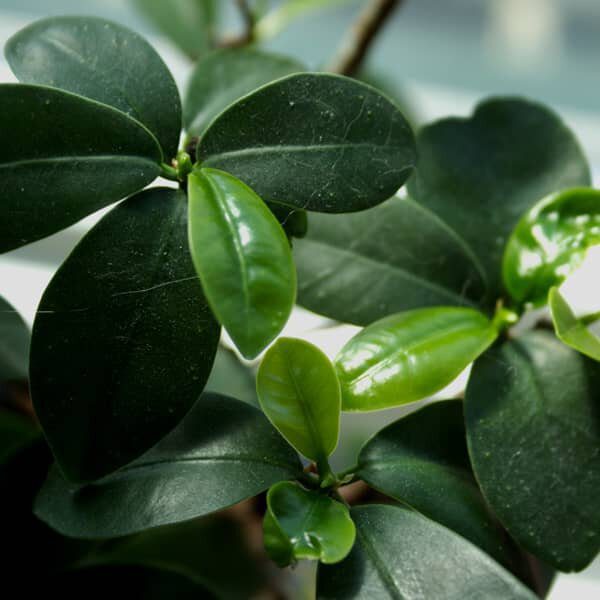
Ficus Bonsai Planting and Maintenance
If you buy a ficus bonsai, there is likely no reason to repot it anytime soon. After all, we’re not aiming for growth with these guys; we want them to stay small. However, maintenance time does come eventually.
Root pruning
After a year or two, come springtime, you can take your ficus bonsai out of its planter and take a look at its root ball. It’ll probably be pretty dense at this point and might not take up water very well anymore. Time to do something that might seem very strange to most houseplant enthusiasts: root pruning.
Although root pruning is an art of its own and I won’t go too far into it here, basically, you’ll want to use a tool called a root hook (or just some chopsticks) to untangle the roots and remove soil. Then you remove some of the larger roots, trying to keep the small ones intact. This process makes sure the remaining roots can breathe and also helps keep the plant’s growth compact.
Replanting
After you’re done root pruning, it’s time to move the plant back into its container.
You usually won’t need a bigger planter and you can just keep using the one you had before, but the plant will likely want some nice fresh soil. A basic bonsai soil mixture should work well.
Pruning
To keep it looking neat, a bonsai should also be pruned on a regular basis. This especially applies if yours is starting to grow larger leaves—a natural thing for a plant to do but not desirable for bonsai trees.
Don’t be scared to remove leaves to shape your plant the way you’d like it to look; that’s what growing bonsai trees is all about.
Tip: You can even influence the way your ficus bonsai’s branches look. An important part of the art of bonsai is wiring, which involves using metal wire to train branches in a certain direction until they’re fixed in that position. With a bit of practice, you can make your trees grow in all sorts of shapes.
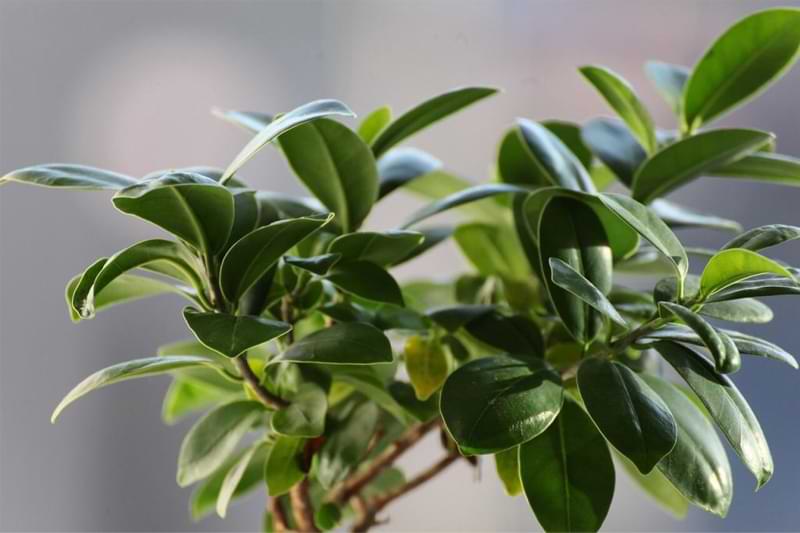
Problems With Ficus Bonsai
Although ficus species are among the best species to start with if you like bonsai trees, there’s always a chance you’ll run into a problem. Ficus are well known for dropping their leaves easily if they are unhappy with their situation. Reasons for leaf drop include:
- Lack of light
- Temperatures dropping too low
- Under-watering: Roots are dying off (crispy, brown) and leaves shrivel due to lack of water coming in.
- Over-watering: Roots are rotting (black, smelly, and mushy) and therefore can’t take up water, causing leaf shriveling as well. In severe cases, the trunk might turn soft and black, indicating that things have unfortunately probably progressed too far.
- Fertilization problems: You might need to use fertilizer either more or less frequently.
- Environmental change: If you just bought your ficus bonsai, it can definitely drop some leaves in response to being moved. The same applies after a root prune or repot, although the plant should bounce back within a few weeks.
Pests on ficus bonsai are luckily not very common, but it does happen. Especially look out for mealybugs if you’re buying yours from a cheap source like a supermarket, as the tree might already carry these annoying critters and can spread it to the rest of your houseplant collection.
Another pest that might invade your ficus bonsai are spider mites, which particularly like dry conditions and plants that might already be somewhat unhealthy.
Tip: I know it’s confusing that both under- and over-watering can cause leaf drop. The issue for many bonsai beginners is figuring out how much water these little trees need, since their needs aren’t identical to most houseplants. Don’t worry, with time you’ll get to a place where you have a better sense of your bonsai’s needs!
Bonsai Resources
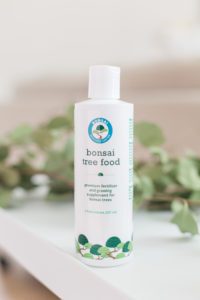
Did you know we have a whole Bonsai Resource Center and Bonsai Tree Food. Visit our website and join in on the conversation inside our Bonsai Resource Center Facebook Group.
About the author

Mari is the author behind Houseplant Central, a website dedicated to helping people keep their indoor plants happy and healthy.
Originally from The Netherlands but living in Spain, Mari spends her days writing articles about indoor gardening in the company of her houseplant collection and two parakeets.
Facebook / Pinterest / Instagram
Grab the essentials for your houseplants:
- Premium Fiddle Leaf Fig Potting Soil
- Fiddle Leaf Fig Plant Food
- Root Rot Treatment
- Houseplant Leaf Armor to protect against insects, bacteria, and fungus (As an added bonus, it also cleans and adds shine to your plant’s leaves!)
- Moisture meter to always know when your plant is thirsty.
To learn more:
- Sign up for our free Fiddle Leaf Fig Care 101 Webinar for advanced fiddle leaf fig care.
- Make sure you’re subscribed to our newsletter.
- Read The Fiddle Leaf Fig Expert, your complete guide to growing healthy fiddle leaf fig plants. The book is available in full-color paperback or Kindle edition on Amazon now!
- Click to join our community on Facebook: Fiddle Leaf Fig Plant Resource Group.


